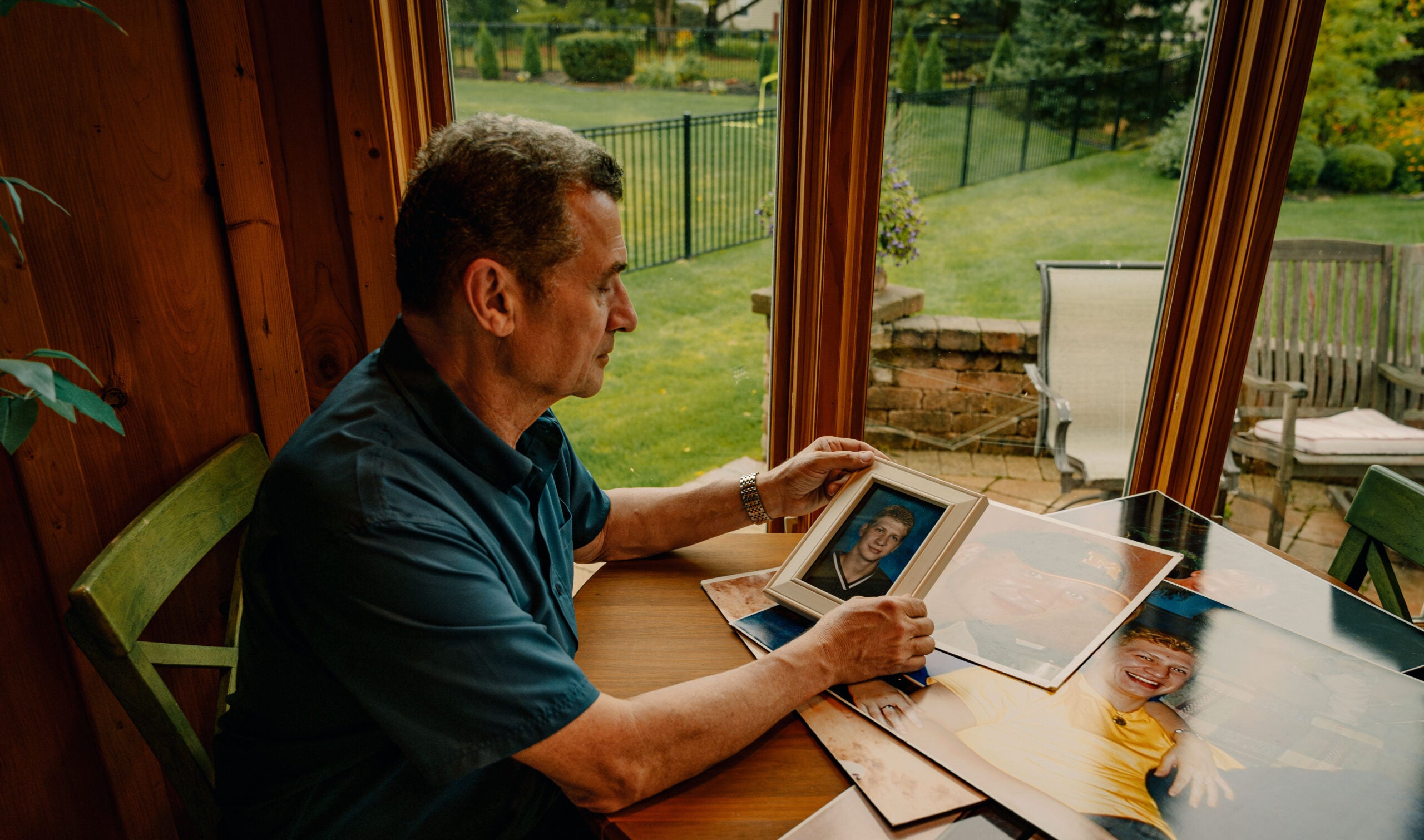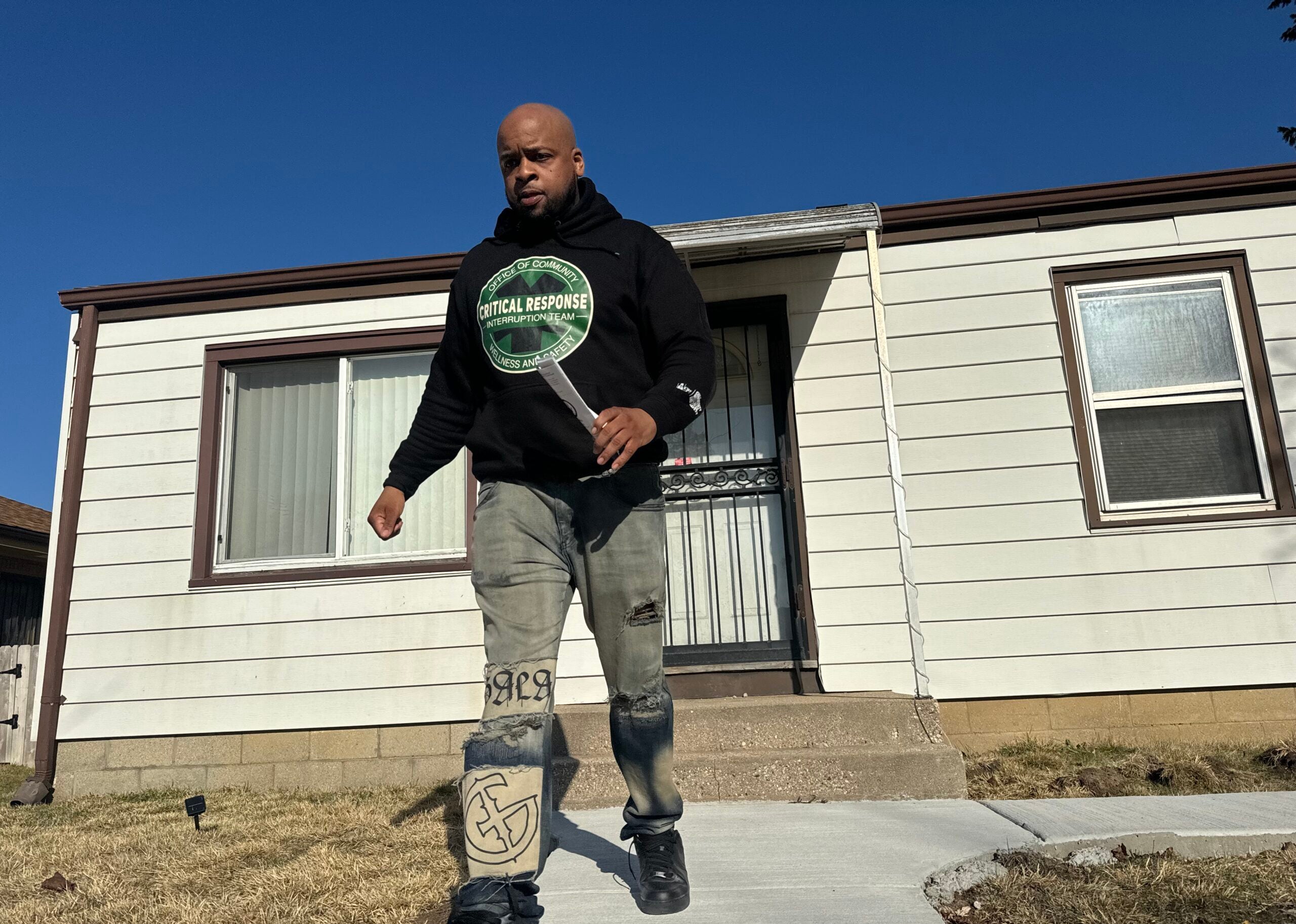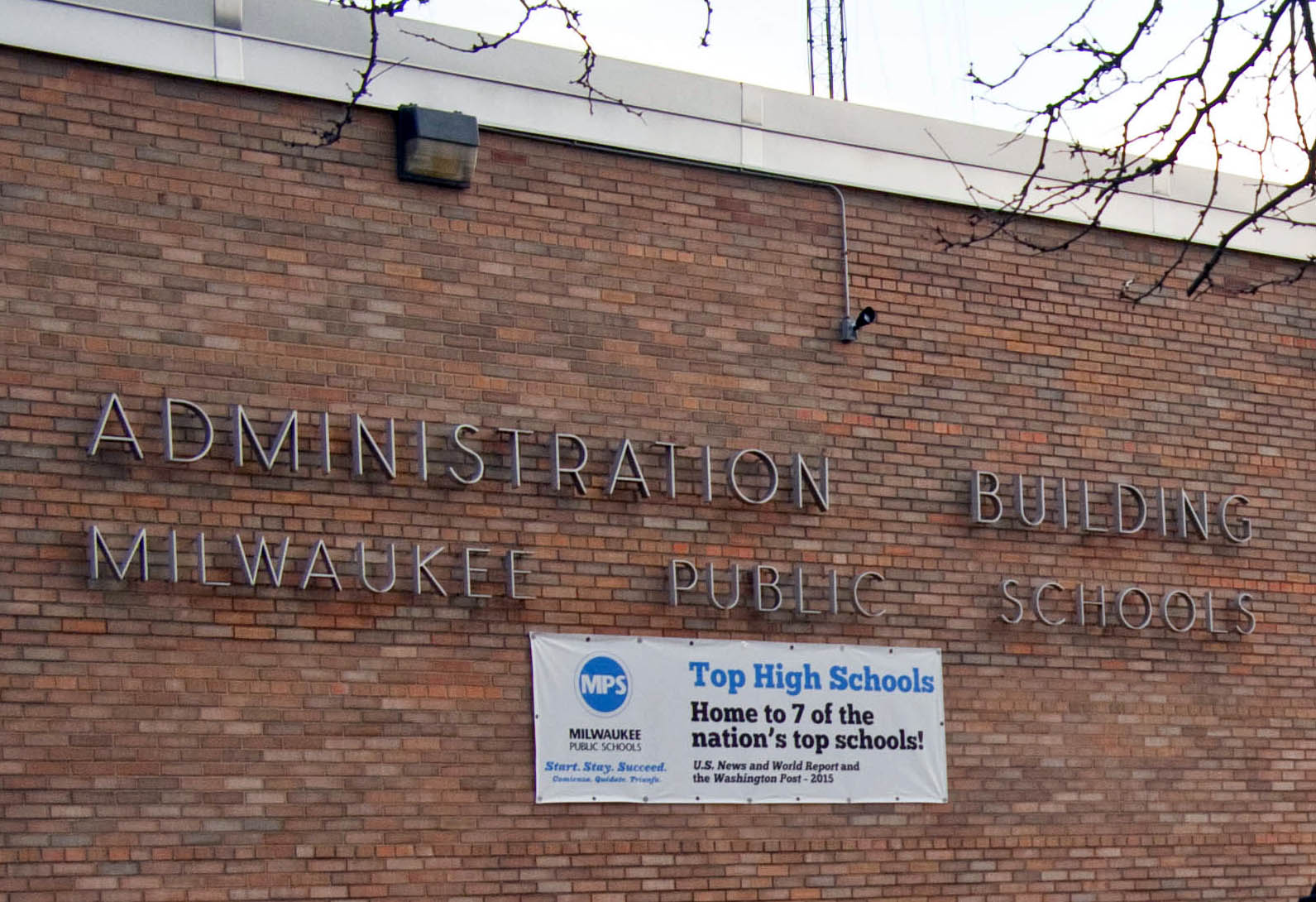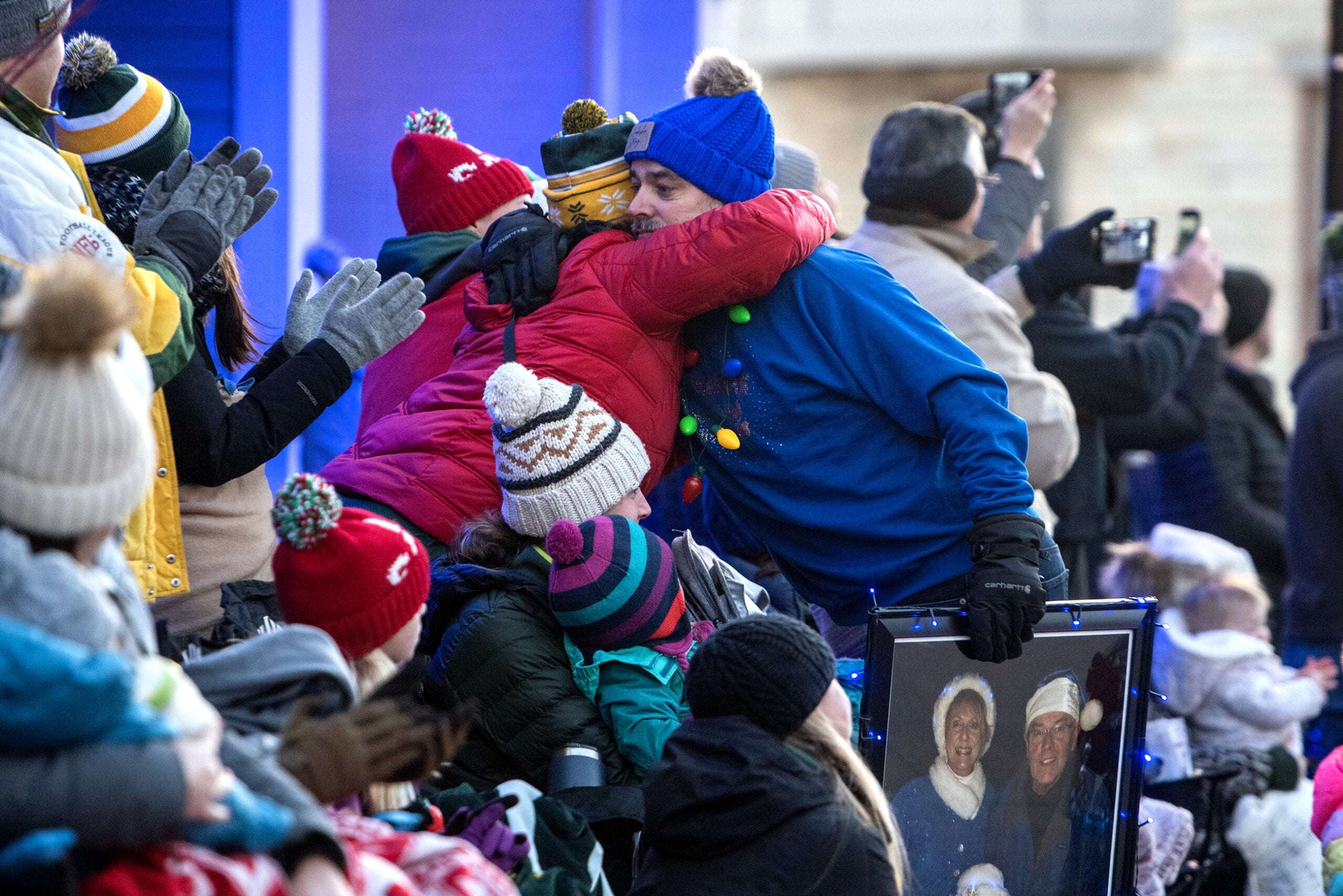Michael Bell Sr. has believed for years that Kenosha police officers victimized his family — first by killing his son in 2004 and then, he alleges, by covering up what really happened.
Bell Sr. initially accepted the police accounts of the shooting, then became skeptical and finally angry. He channeled that anger into action. He sued the city of Kenosha, its police department and four officers, resulting in a $1.75 million settlement, and took a leading role in passage of a state law that bars police departments from investigating themselves.
But no one in the Kenosha department has admitted wrongdoing or, Bell Sr. says, adequately explained how his son ended up shot.
Stay informed on the latest news
Sign up for WPR’s email newsletter.
At the suggestion of the governor’s office, he filed a claim with the Wisconsin Crime Victims Rights Board in 2022 contending that he’s been the victim of a long-running official cover-up of his son’s killing. The board is a five-member agency that can issue public or private reprimands to public employees who violate the rights of crime victims.
The victims rights board ruled last November that if there was a cover-up, the victim wasn’t Bell Sr., but rather the state of Wisconsin.
“The alleged conduct is against the government and its administration, not against individual persons,” said the decision, which didn’t detail how the state was victimized.
Jennifer Dunn, the board chair, declined to discuss the board’s decision. The ruling troubled some victim advocates, who termed it a departure from the intent of the victims’ rights movement.
“This is so counter to the purpose and the point of victims’ rights,” said Lenore Anderson, former prosecutor and author of “In Their Names: The Untold Story of Victims’ Rights, Mass Incarceration, and the Future of Public Safety.” She said she’d never seen a ruling that labeled the government a crime victim.
The victims’ rights movement started in the 1970s because crime victims felt invisible or ignored in the criminal process, she said. Crime victims won the right to information about cases, the right to speak at sentencing or parole hearings and other rights.
“It would be impossible to interpret any of those rights as applying to the state,” Anderson said.
Bell Sr. is appealing the board’s decision.
The appeal is unusual. Few crime victims appeal alleged violations because most lack resources, said Mariam El-menshawi, a professor at the University of the Pacific McGeorge School of Law who specializes in victims’ rights.
In general, laws grant crime victims access to the criminal process but not control over prosecutorial decisions.
“Victims don’t get a veto,” El-menshawi said. “They can’t force an investigation.”
The Kenosha police declined comment for this story. So did Kenosha’s current district attorney and the state attorney general.
Former prosecutor says shooting was justified, whether or not Bell Jr. had his hand on the gun
Shortly after 2 a.m. on Nov. 9, 2004, Kenosha police confronted 21-year-old Michael Bell Jr. after he parked in front of his house. Police said he was intoxicated and uncooperative. A struggle ensued in the yard and moved to the driveway. His mother and sister came outside in their bathrobes. Police shocked Bell Jr. with a Taser three times. As they held him down on the hood of a car, an officer screamed that Bell had grabbed his gun; another officer then shot Bell Jr. point-blank in the head.
It took two days for the police to declare the shooting justified. Then-District Attorney Robert Jambois followed suit 12 days later, placing the blame squarely on Bell Jr.
He said the young man had been driving drunk, then failed to comply with the officers’ commands and chose to fight. His report described a life-and-death fight over an officer’s gun, with Bell Jr. trying to draw the weapon while the officer struggled to keep the gun in the holster.
The prosecutor concluded the police feared for their lives.
Bell Sr., a retired lieutenant colonel who piloted planes in three wars, trusted the judgment of the law enforcement agencies at first.
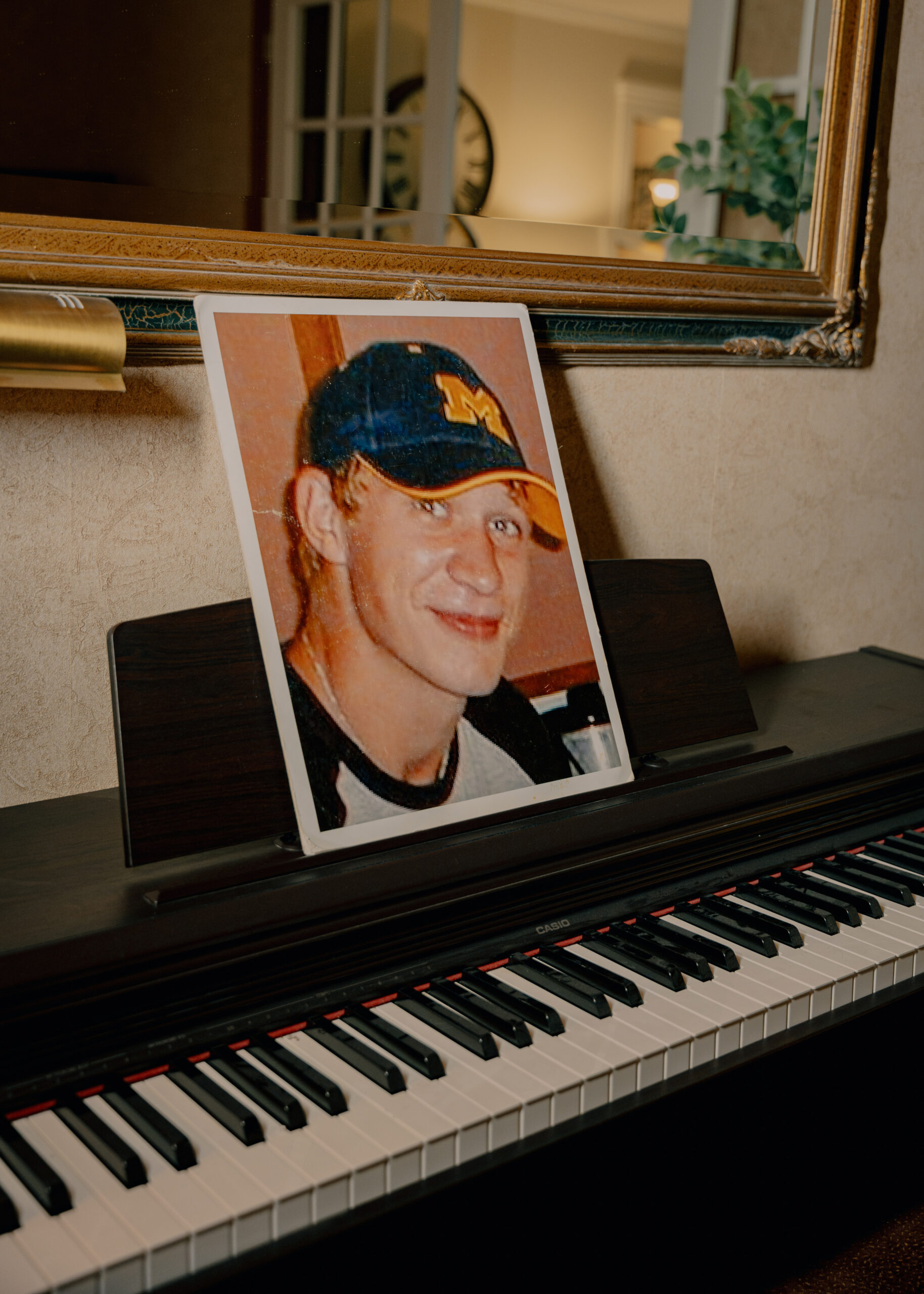
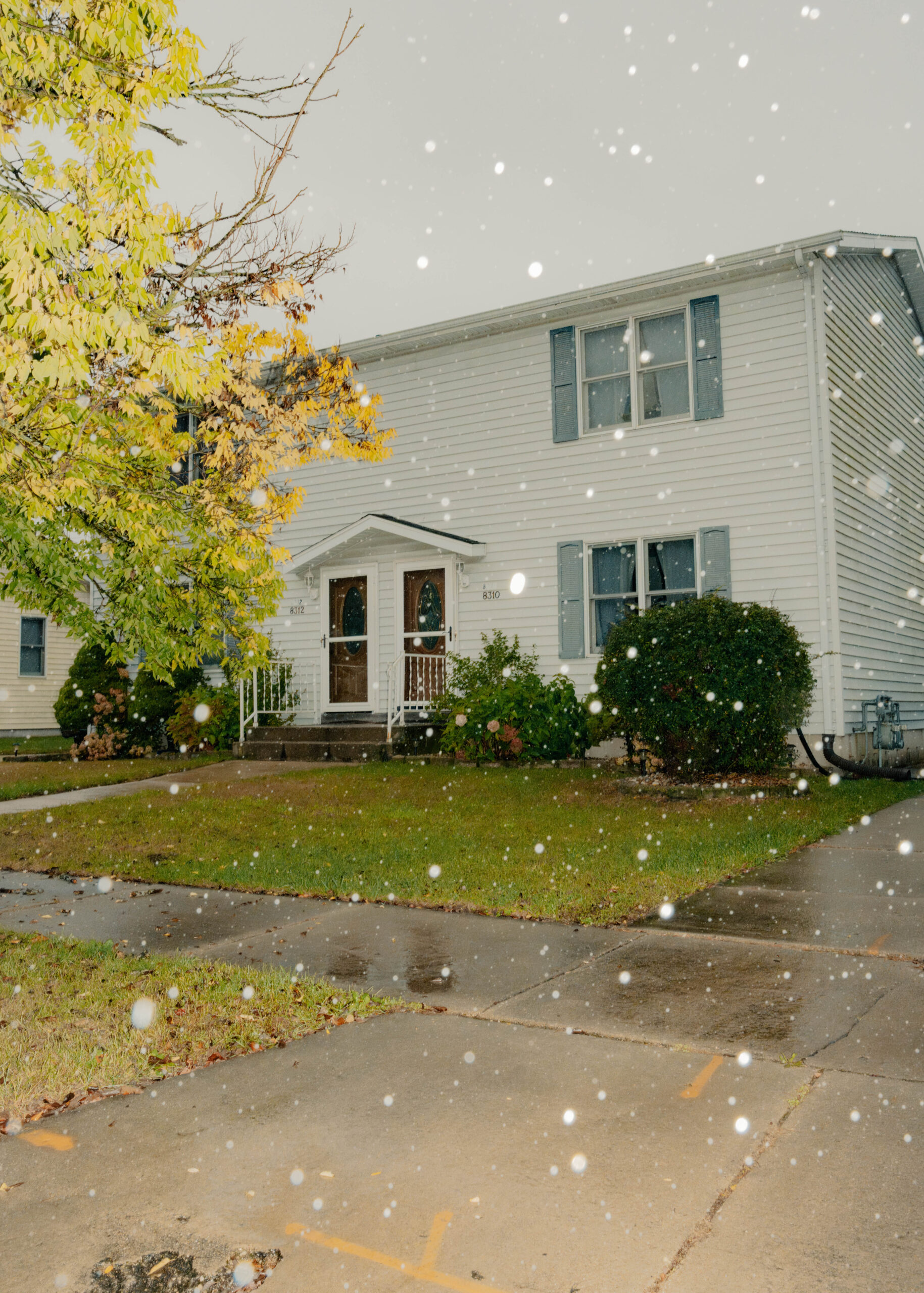
He wore an Air Force uniform for 24 years and was unabashedly pro-cop, he said, until he ran into what he calls a blue wall of lies and cover-up.
“I was so pro-uniform there was no way that I could believe that somebody who wore a uniform could behave like that,” Bell Sr. said.
Bell Sr. didn’t even believe his daughter or Michael’s mother, who watched their son get killed. But during months of family counseling, Bell Sr. grew skeptical of the police.
“When describing in detail what they saw, I realized they’re not making this up,” he said.
Bell Sr. sued Kenosha and its police department in 2005. The lawsuit pried out damaging evidence.
Police described an exhausting struggle over a gun, yet tests found no trace of Bell Jr.’s DNA on the weapon.
And the officers’ accounts contradicted a core fact: the bullet’s entrance and exit wounds in Bell Jr.’s head. The police said the struggle took place on the left side of a car in the driveway. One officer had his arms around Bell, pressing him against the hood. A second officer screamed that Bell had grabbed his gun. A third officer at the front of the car shot Bell Jr. point-blank in the left side of his head.
But the autopsy showed the bullet entered Bell Jr.’s skull just above his right ear, leaving soot and a muzzle burn, and exited on his left side, creating a bloody trail down the hood to where the officer said he was standing.
Bell Sr. said the evidence shows the shooting officer was standing between the other two officers when he fired.
“The matter of life and death goes away immediately when an officer steps between the suspect being held down and the officer claiming he has my gun,” Bell said. “You move the hand, you don’t kill the person.”
After this discrepancy was exposed in sworn pretrial testimony, the police came up with a different scenario to fit the bullet wound, and then a third. Both scenarios kept the shooter at the front of the car. The medical examiner who performed the autopsy called them “forensically impossible.”
In 2010, the city of Kenosha settled the case for $1.75 million. Bell Sr. plowed the money into activism. He put up billboards and bought full-page ads in The New York Times. He championed a 2014 law forbidding police from investigating themselves. In February of this year, he offered to donate $200,000 to a Kenosha charity if the city would let an independent ballistics expert examine the bullet; he withdrew the offer on Sept. 16 after the city declined. He helped sponsor a conference arguing that police shootings should be examined as the National Transportation Safety Board investigates plane crashes, to ascertain the facts to prevent future shootings.
After the settlement, Bell Sr. found an unlikely ally: Retired Detective Russell Beckman, who had served 28 years with the Kenosha Police. He called Bell Sr., told him the police were acting shady and offered to volunteer with whatever Bell Sr. needed.
In 2012, Beckman put together compelling evidence that Bell Jr. never grabbed the officer’s gun. First, Bell Jr.’s DNA was not on the gun. But the key was the driver’s side mirror, which was broken and dangling from the car after the fight. Beckman said the officer caught his holstered gun on the mirror, which pulled his gun belt to the front of his body.
Jambois, the former prosecutor, said in a recent interview that the mirror may explain why the officer screamed that young Bell Jr. had his gun.
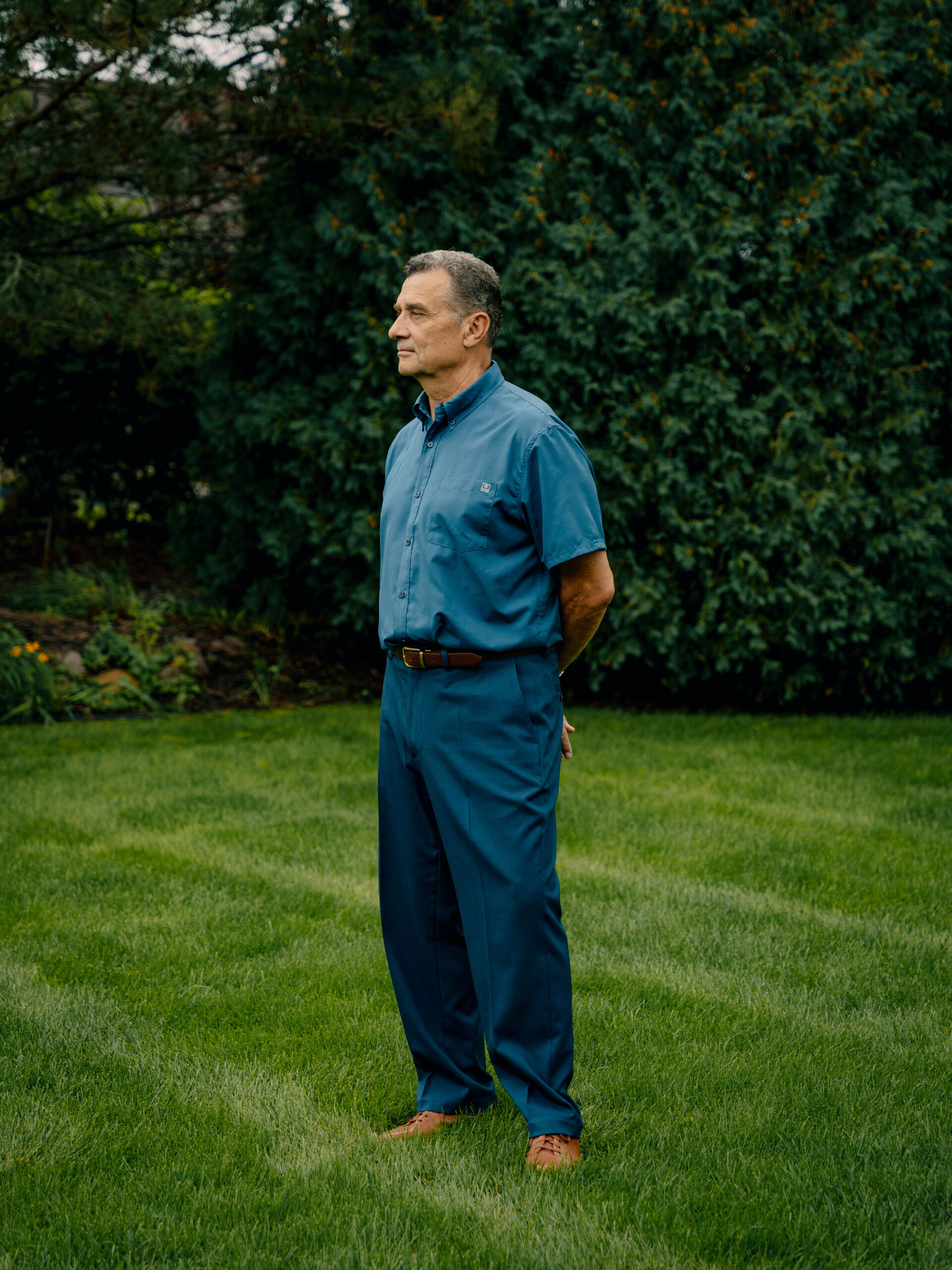
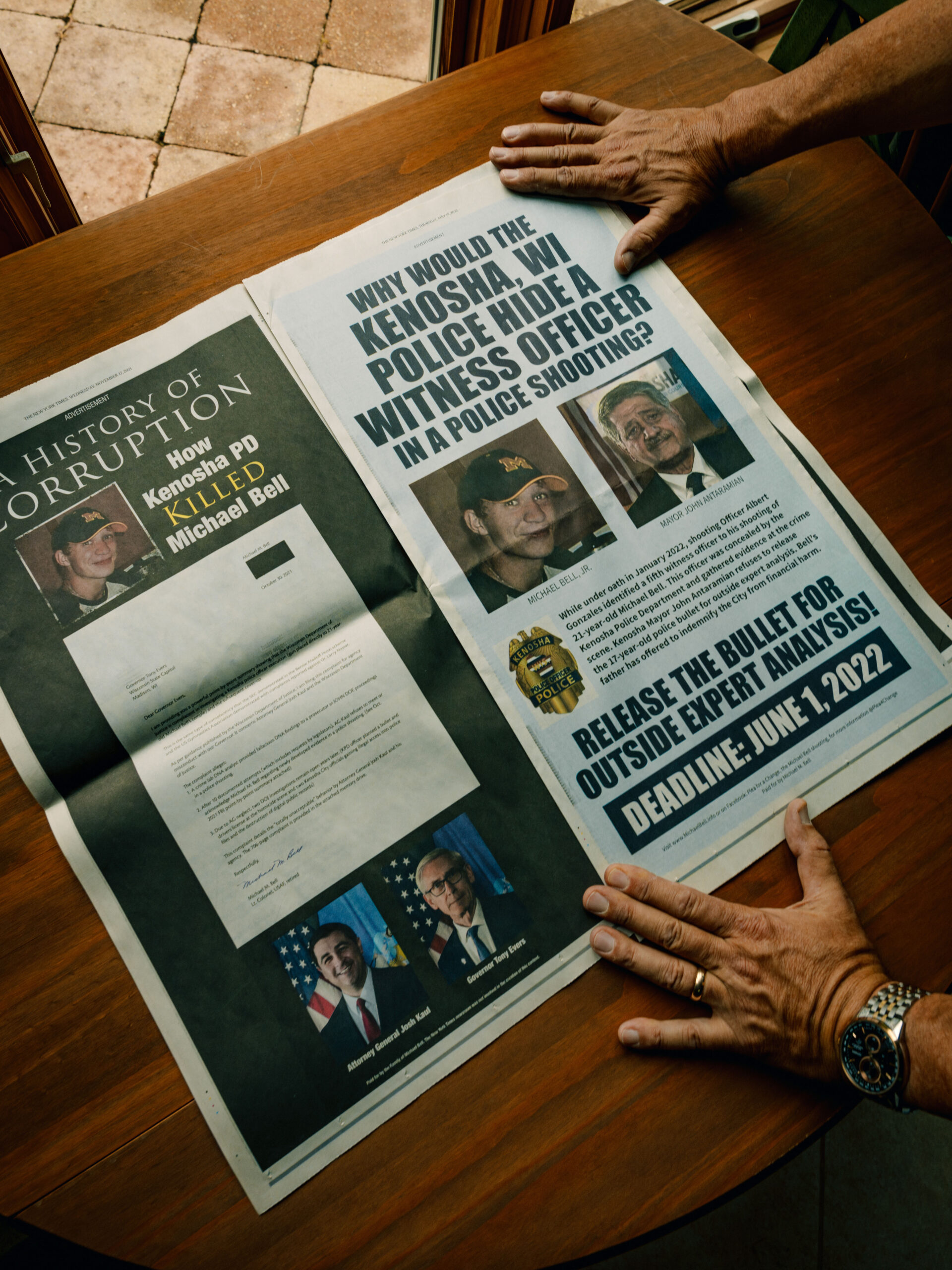
Regardless, Jambois said the shooting was still justified, whether or not Bell Jr. had his hand on the gun. The officers feared for their lives.
Bell Sr. might very well feel like he’s a victim, Jambois said.
“Who cannot sympathize with a man who’s lost his son?” he said. “I can understand how he’d be so terribly, terribly unhappy and angry.”
November will mark the 20th anniversary of his son’s shooting. Bell Sr. never thought he would spend two decades seeking justice for his son while, he says, law enforcement investigated itself.
“It’s all about self-protection,” Bell Sr. said. “It’s like the NFL team owner and the referees are all on the same side.”
In July, a trial judge listened to arguments about Bell Sr.’s appeal of the Crime Victims Rights Board decision. He noted that no matter how he ruled, the case — and the question of who is truly the victim — is likely to go to the state court of appeals, and then to the Wisconsin Supreme Court.
“I am not the final word,” he said.
This article was published in partnership with The Marshall Project, a nonprofit news organization covering the U.S. criminal justice system. Sign up for their newsletters, and follow them on Instagram, TikTok, Reddit and Facebook.
Wisconsin Public Radio, © Copyright 2025, Board of Regents of the University of Wisconsin System and Wisconsin Educational Communications Board.

